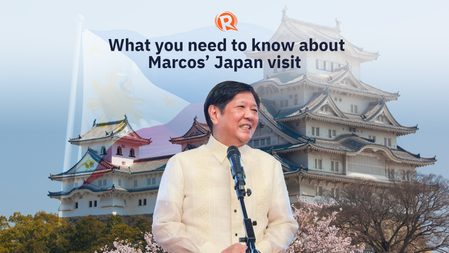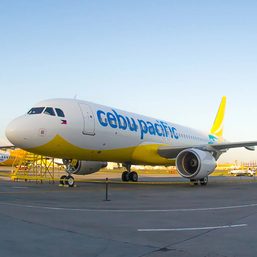SUMMARY
This is AI generated summarization, which may have errors. For context, always refer to the full article.
![[ANALYSIS] Japan and its dress rehearsals in the Philippines](https://www.rappler.com/tachyon/2023/02/Japan-and-its-dress-rehearsals-in-the-Philippines.jpg)
HADR or humanitarian assistance and disaster relief is a most abused term in security cooperation between the Philippines and its allies.
This is the non-traditional military activity used by the United States to soften opposition to its presence here. It usually involves two weeks of conventional military drills in the Philippines, mostly in areas facing potential flash points in the Taiwan Straits and the contested South China Sea.
Who would oppose a drill when the purpose is to test the interoperability of the two allies’ response to a natural or man-made disaster?
In the aftermath of Super Typhoon Yolanda in 2013, the Philippine government allowed militaries from different countries such as Japan to deploy forces here for HADR – even if they did not have a status of forces agreement or a visiting forces agreement (VFA), such as what Manila has with Washington.
The February 8-12 visit of President Ferdinand Marcos Jr to Tokyo highlighted Tokyo’s pursuit of humanitarian and disaster relief activities here for its Self-Defense Forces (SDF). Japan will be using HADR as a vehicle to temporarily train and exercise with local armed forces in parts of the Philippines where Tokyo has keen interest in, such as in Northern Luzon and the western corridor.
HADR is the perfect arrangement for bilateral military activities to avoid ringing alarm bells for other countries, like China, South Korea and other countries that were victims of Japanese atrocities in World War II.
Japan wants to avoid controversies as it sheds its pacifist constitution and rearm itself to address security challenges brought about by the the rising influence of China, an unpredictable nuclear weapon-capable North Korea, and a hostile Russia.
Prime Minister Fumio Kishida unveiled two months ago an ambitious $320-billion defense spending for the next five years to sharpen its katana, developing a long-ranged strike capability that could penetrate deep into its potential enemies. Japan has converted its benign helicopter carrier into a strategic aircraft carrier by deploying Lockheed Marin’s advanced F35 fighters.
The only thing holding back its military muscle is its avowed use of its forces merely for self-defense.
Lethal force
Japan has the third most lethal military force in the region, next to the United States and China.
When Japan’s SDFs train and exercise under HADR, it will be testing the interoperability of its military with the Philippines in terms of mobility, logistics run, and communications.
There’s really a thin line separating HADR activities from conventional warfare drills. The doctrines, strategies, operational and tactical objectives could be similar.
In reality, HADR is a dress rehearsal for any contingency. Conflicts, after all, could result in an untold humanitarian crisis that is worse than the consequences of a disaster.
The Philippines experienced this in 2017 when Islamist militants occupied Marawi City. The five-month conflict has long-term effects on the lives of ordinary Maranaos who lost lives and livelihood.
The holding of HADR activities between Japan and the Philippines looks like a prelude to a security and legal framework that will allow Japanese troops to train and exercise in the country. In short, the two countries could be working towards a VFA similar to what Manila has with the US.
Low-level discussions actually began during the administration of the late president Benigno Aquino III. Last year, there were already strong indications of possible joint military drills after Japan sent F15s in December for limited drills with the Philippine Air Force. The Philippine Army was also invited to trilateral ground forces activity with the US and Japan in Tokyo, while Japan’s Maritime Self-Defense Force has taken part in Exercise Sama Sama near the West Philippine Sea in 2019.
After 80 years, Japan’s military is returning to the Philippines not as an invading force but as an ally. History carries some huge lessons even as an uncertain world requires alliances. – Rappler.com
A veteran defense reporter who won the Pulitzer in 2018 for Reuters’ reporting on the Philippines’ war on drugs, the author is a former Reuters journalist.
Add a comment
How does this make you feel?


![[Hindi ito Marites] Japan: From enemy to bestie](https://www.rappler.com/tachyon/2024/07/Hindi-ito-Marites-TC-ls-7.jpg?resize=257%2C257&crop=415px%2C0px%2C1080px%2C1080px)


![[Rappler’s Best] America](https://www.rappler.com/tachyon/2024/07/rapplers-best-america.jpg?resize=257%2C257&crop=458px%2C0px%2C1080px%2C1080px)




There are no comments yet. Add your comment to start the conversation.